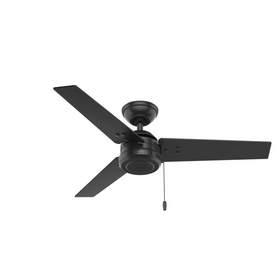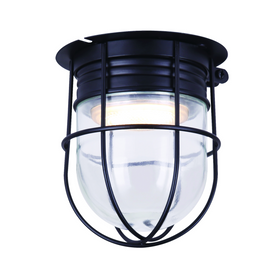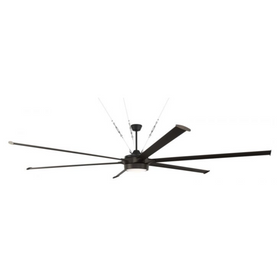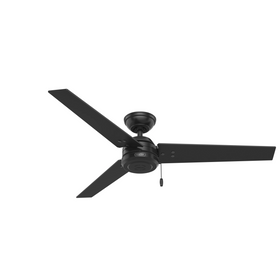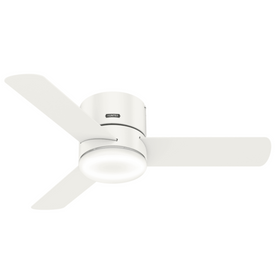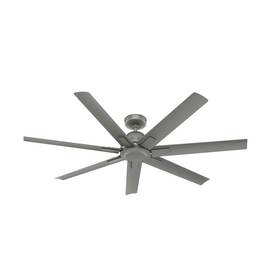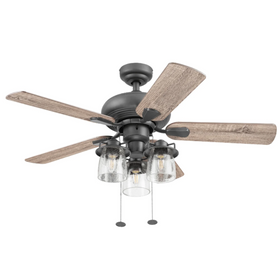Tobias Roberts

Integrated LED
An Integrated LED is a high-efficiency lighting product with an LED array built into the fixture itself, instead of the fixture and light being sold and installed separately. Integrated LEDs are new but becoming increasingly popular as they provide a modern and elegant look.
Electrical wiring and housing are hidden and installed flush with the ceiling or wall. Integrated LEDs have an average life expectancy of 25,000 to 30,000 hours and can be installed indoors and outdoors. Due to its design, the integrated LED array cannot be replaced on its own at the end of its useful life.
Integrated LEDs are available in a range of options, with the most popular being track lighting, downlights, and troffers. The most common type of Integrated LED for home use is the downlight, sometimes referred to as recessed light, and is a great option for almost any room. They can typically be found in kitchens, dining rooms, living rooms, and bathrooms.
When purchasing Integrated LEDs, it's important to consider the desired size, trim options, functionality, location, and temperature of the bulb. If you are planning to use Integrated LEDs with a dimmer switch, refer to the packaging to ensure it's compatible with dimmable switches. Dimmable lights allow you to easily control how much lighting is present above certain areas of a room and can provide more or less light to a space when needed.
While 6" is the most common Integrated LED size, 3", 4" and 5" are popular options for use in kitchens to provide overhead light or illumination to countertops and cupboards with glass.
There are several popular trim styles, and each offers its series of benefits.
- Reflector lights offer bright, energetic light that is ideal for kitchens or areas of your home with high ceilings.
- Wall Wash allows for directional pivoting, which is great for art, plants, or other areas of your home where you require lighting accents.
- Gimbal trim is common for sloped ceilings and accent walls and are comparable to wall wash trim. They also offer great directional lighting control via pivoting.
- Baffle trim is an excellent choice for homeowners who require LED lighting with reduced eye strain. This is a common option for entryways and living rooms as the trim provides less glare and softer LED temperatures.
- Flangeless trim provides a high-end look at is completely flush with the ceiling or wall surface.
- Flanged Bevel trim, as the name would suggest, has a minimalist flat bezel that sits on the surface of the ceiling or wall.
- Round Aperture trim offers a more traditional look with a flat thin bezel, usually two the three times the width of a flanged bezel that sits on the surface of the wall or ceiling.
- Square Aperture trim provides a modern architectural appeal, which is square in shape and a flat trim and similar width to Round Aperture.
If you plan to install Integrated LEDs around your bathtub or shower, shower trim Integrated LEDs are resistant to moisture and corrosion. Their minimalist design also allows the trim type to blend in naturally.
Integrated LEDs are generally available in daylight, bright and soft. Soft color temperature LEDs simulate the warm glow of traditional incandescent lighting while bright and daylight provide cool and natural color temperatures, respectively. Warm lighting ranges from 2200K to 3000K, cool ranges 3500K to 4100K, and daylight ranges 5000K to 6500K.
The average 500 square foot room needs roughly 5,000 lumens. As a rule of thumb, you can calculate the foot candles required by room type as your lighting requirements may change based on the intended use. Foot candles are a measurement of how bright a light source is from one foot away. Kitchens and dining rooms need 30 to 40 foot candles, bedrooms, living rooms, and hallways need 10 to 20 and bathrooms and accent areas, such as the kitchen stove or sink, require 70 to 80. To calculate total foot candles needed per room, multiply the foot candles by the rooms square footage. As an example, a 200 square foot living room will require 2,000 to 4,000 lumens, found by (foot candles (10-20) x 200 (square feet).
For installation, Integrated LEDs should be spaced 2' to 3' apart in kitchens and bathrooms, and 3' to 4' apart in living rooms, dining rooms, and hallways. You'll also want to consider how much light you desire in each location (measured in lumens) and the desired lighting temperature. Again, dimmable lighting helps to provide the proper amount of lighting at the appropriate time.
Integrated LEDs allow for significant energy savings, especially when replacing incandescent fixtures, yard and street lighting, and high bay lights. A 250 Watt metal halide yard or high bay light can be replaced with a 78 Watt LED fixture, for equivalent light. A standard 4', two-tube fluorescent shop light using 80W can be replaced with an equivalent LED shop light that uses 40W, cutting electricity consumption in half. No need to change a bulb or fixture for over 13 years.
If the United States implemented widespread use of LED light bulbs, it would save $30 billion and 348 TWh of electricity. The U.S Department of Energy estimates that this is equivalent to the electricity output of 44 large power plants.









